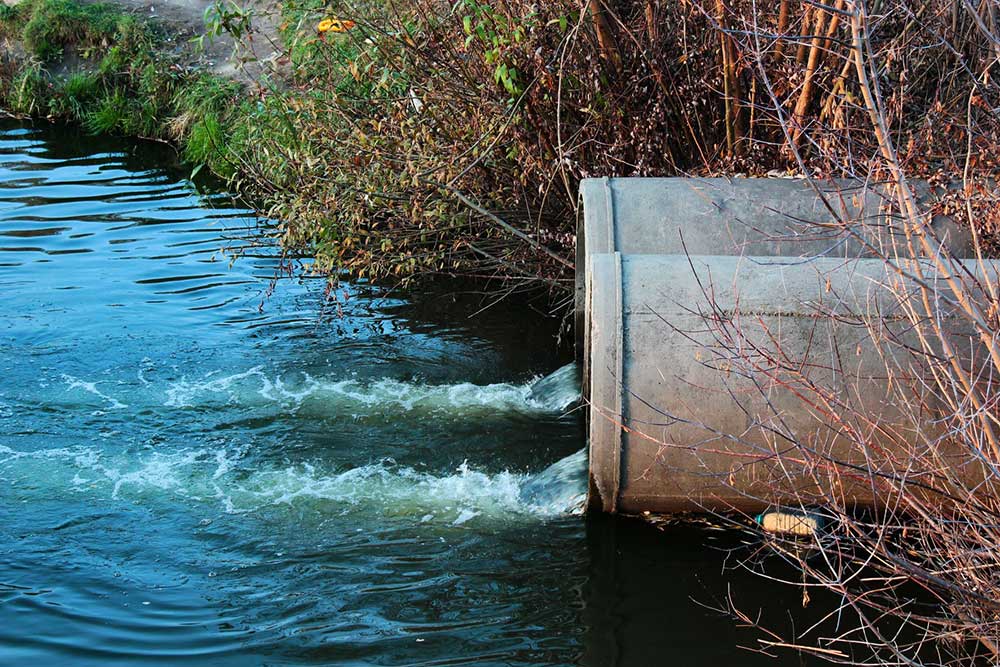Veterans' Compensation | Camp Lejeune Water Contamination
Veterans' Compensation | Camp Lejeune Water Contamination

For years, millions of military servicemembers were stationed there, along with their family members and civilians.
Unfortunately, there’s evidence that from 1953 to 1987 the water supply at Camp Lejeune was heavily contaminated by dangerous chemicals and toxins.
The most notable toxins included trichloroethylene (TCE), tetrachloroethylene (PCE), Benzene, and Vinyl chloride (VC), which are all associated with increased risks of cancer, neurologic disorders, and other serious health conditions.
It’s believed that a nearby dry cleaner, which opened near Camp Lejeune in 1953, dumped these and other toxic chemicals near local water well fields, causing mass contamination. Additionally, the military itself is accused of allowing the water wells to become contaminated through its own use of these VOCs on the base.
Lawsuits allege that the government knew that the water supply was contaminated yet fails to:
As a result, millions of service members and residents were exposed to these dangerous chemicals for the better part of three decades. Many of those individuals – including children who were in utero and/or born at the military base – are struggling with debilitating health issues.
Lawsuits have been filed to hold the government accountable for its negligent actions.

While every case will be different, there are a number of factors that will impact how much money you can get if you file a Camp Lejeune water contamination lawsuit.
Important considerations include:
The more serious your health issues and the more your life has been affected by your illness, the more your case will likely be worth.
The best way to get an idea of how much a settlement in your Camp Lejeune water contamination case might be is by consulting an experienced personal injury lawyer.
Our top-rated trial attorneys are standing by to provide the guidance you need. Give us a call to arrange a time for your free, no-obligation case evaluation now.


Four (4) ways you can be be exposed to contaminated water are:
The settlement amount for each individual case would differ based upon the injuries suffered, conditions diagnosed, time spent at the base, and more. Lawsuit settlements would also contain damages incurred, which can include medical bills, lost income, pain and suffering, emotional damages, and more. Depending on injuries and evidence, individual settlement amounts for exposure to contaminated water at Camp Lejeune could be significant. Camp Lejune lawsuit settlement payouts for contaminated water exposure is estimated to be over $6.7 billion
Anyone who lived or worked at Camp Lejeune for at least 30 cumlative days between August 1953 and December 1987. This includes veterans, guardsmen, civilian workers, reservists, and family members that developed one of the illnesses listed above may qualify to file a lawsuit.
The history of Camp Lejeune is a tapestry woven with significant military operations, the growth of a Marine Corps base, and the unfolding of a water contamination crisis. Established near Jacksonville, North Carolina, in 1941, Camp Lejeune quickly became a vital training and deployment center for the United States Marine Corps. Its grounds witnessed the training and preparation of numerous Marines who served in major conflicts, including World War II, the Korean War, and the Vietnam War. However, amidst the base’s storied past lies a dark chapter that emerged between the 1950s and 1980s—the contamination of its water supply.
During this period, hazardous chemicals, including volatile organic compounds (VOCs) such as trichloroethylene (TCE) and tetrachloroethylene (PCE), seeped into the groundwater, leading to widespread contamination of the base’s drinking water. The contamination stemmed from various sources, such as improper waste disposal practices and leaks from underground storage tanks. Tragically, this issue remained undetected for decades, resulting in prolonged exposure and health risks for military personnel, their families, and civilian employees.
The history of Camp Lejeune encompasses not only its proud military legacy but also the environmental challenges it faced. Understanding this historical context is essential for grasping the gravity of the water contamination crisis that unfolded within the base’s boundaries. It highlights the subsequent efforts to seek justice, compensation, and support for the individuals affected by this unfortunate chapter in Camp Lejeune’s history.
Environmental testing played a pivotal role in unraveling the extent of the Camp Lejeune water contamination crisis, shedding light on the scope of the problem and its potential health impacts. Rigorous testing methods were employed to analyze water samples, soil, and air quality in and around the Marine Corps base. These tests aimed to identify and quantify hazardous chemicals, such as volatile organic compounds (VOCs), including trichloroethylene (TCE), perchloroethylene (PCE), benzene, and vinyl chloride, which had infiltrated the groundwater.
The results of environmental testing were instrumental in confirming the presence of contaminants and understanding their distribution within the Camp Lejeune ecosystem. Furthermore, testing helped establish connections between the water contamination and various health issues experienced by individuals exposed to the contaminated water supply.
The comprehensive environmental testing revealed alarming levels of toxic chemicals, prompting immediate action to provide alternative water sources and implement mitigation measures. The data gathered through these tests also provided a basis for further research and investigations into the long-term health effects of the Camp Lejeune water contamination.
Environmental testing continues to play a crucial role in monitoring and assessing the remediation efforts at Camp Lejeune. Regular testing ensures the ongoing safety of the water supply and surrounding environment, providing peace of mind for residents and serving as a reminder of the importance of environmental stewardship and proactive measures to prevent similar incidents in the future.
The Camp Lejeune Justice Act stands out as a distinctive legislative measure that addresses the unique circumstances of individuals who resided at Camp Lejeune during the water contamination crisis. What sets the Camp Lejeune Justice Act apart from other bills is its targeted focus on providing healthcare and compensation specifically for those affected by the Camp Lejeune water contamination.
In 2012, Congress passed H.R.1627 – Honoring America’s Veterans and Caring for Camp Lejeune Families Act, which granted some benefits to those who were exposed (both veterans and family members) if they met certain standards.
This bill would provide health care benefits to a family member, not VA compensation benefits.
While there have been other bills and acts aimed at addressing environmental issues and public health concerns, the Camp Lejeune Justice Act recognizes the specific needs of the Camp Lejeune community and the gravity of the situation they faced. This act acknowledges the responsibility of the government to provide medical care and support for individuals who suffered health issues as a direct result of the contaminated water supply. By establishing a framework for compensation and medical assistance, the Camp Lejeune Justice Act offers a comprehensive and tailored approach to addressing the unique challenges faced by the residents of Camp Lejeune. It serves as a testament to the government’s commitment to addressing the consequences of the water contamination and providing justice to those who have long sought relief and assistance.